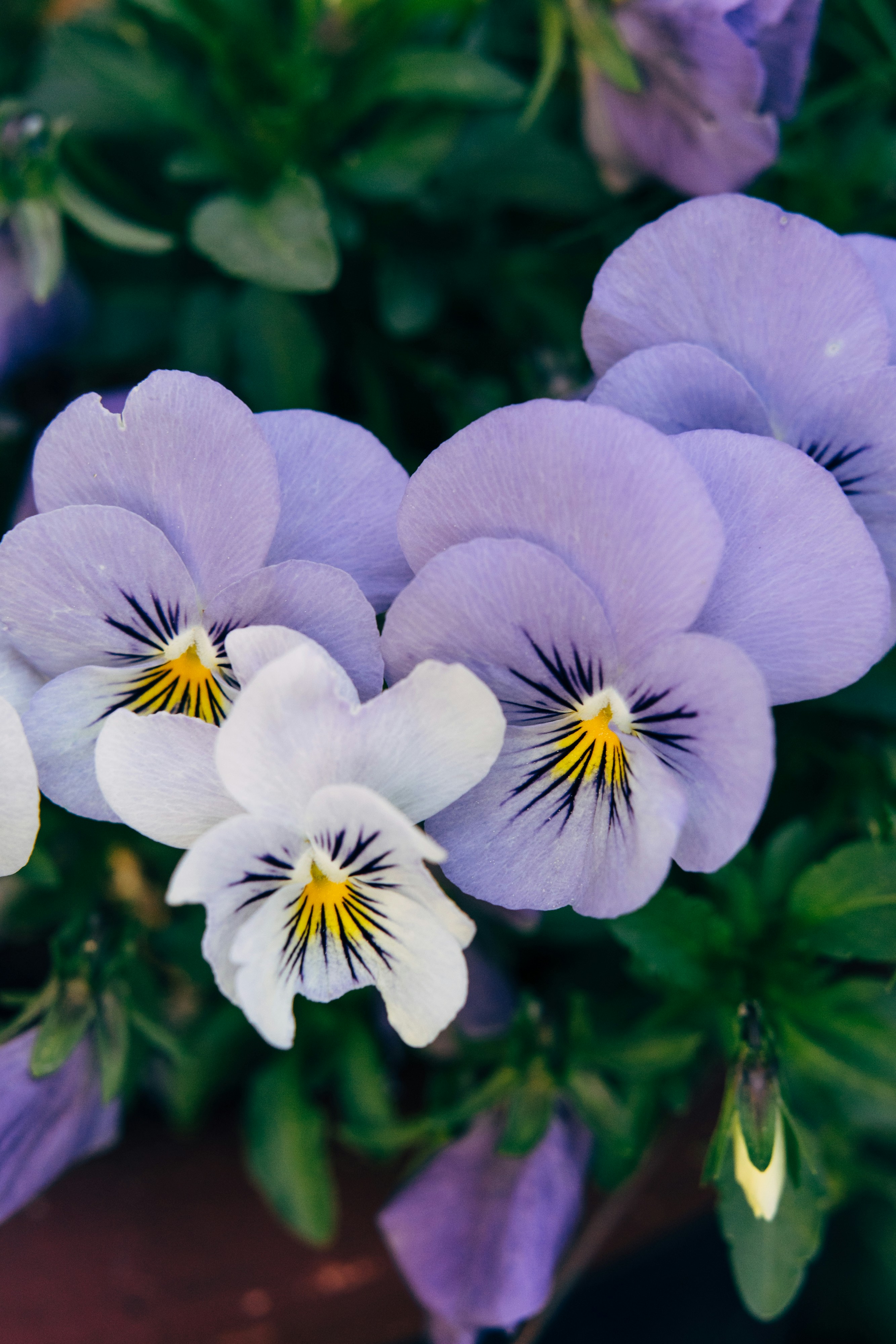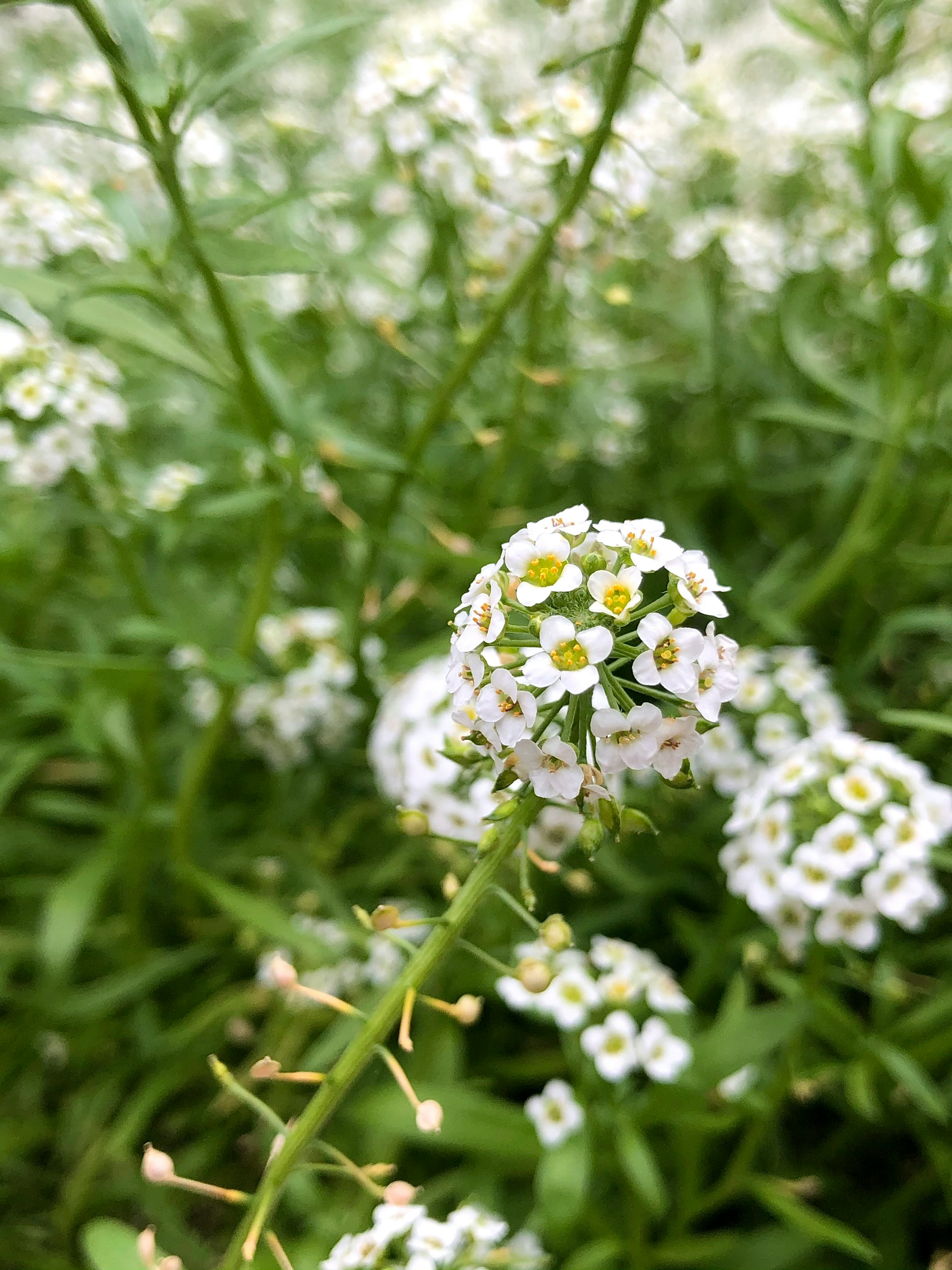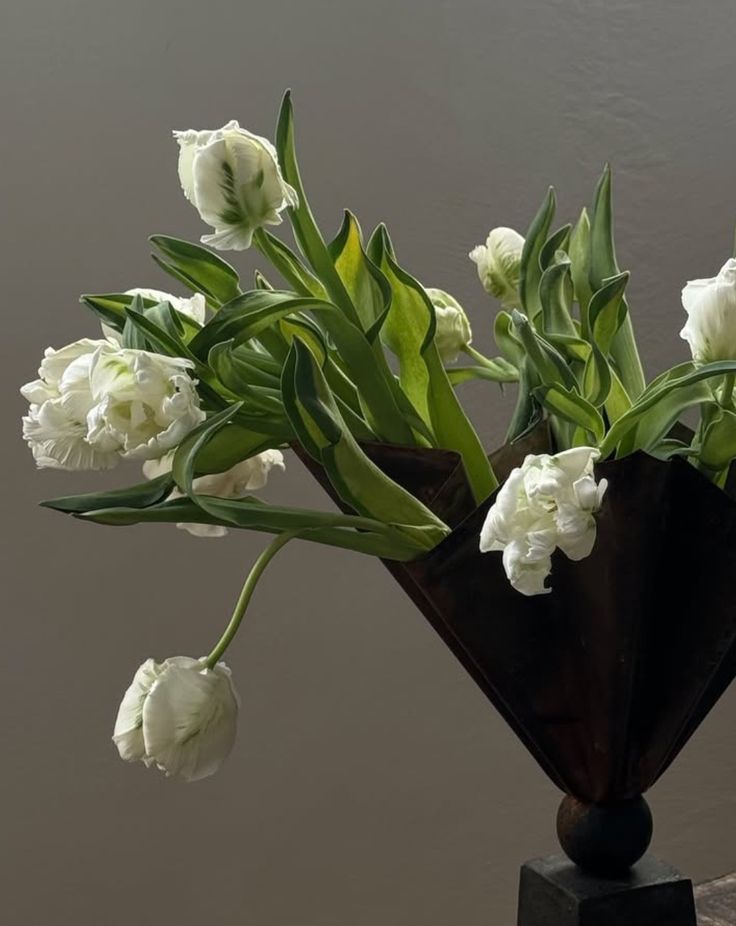
8 Winter Flowers That Bloom More Beautifully When the World Turns Still
The Flowers of Winter: A Practical Guide to November-February in Bloom
Winter has its own kind of beauty — subtle, restrained, and deliberate. When the air turns still and gardens fade into muted tones, a few flowers choose this moment to appear. Their presence feels like a secret shared with those who pause long enough to notice. Here, ten blooms that remind us that beauty doesn’t vanish with the cold — it simply changes form.
1. Camellia
Graceful and enduring, the camellia opens its glossy leaves and sculptural blooms in the quiet months between November and March. In soft whites and lacquered reds, it has long symbolized devotion in Asian gardens — a flower of poise, elegance, and quiet strength.Its petals, smooth as porcelain, seem untouched by time — a bloom that thrives where others retreat.

2. Hellebore (Christmas Rose)
Few flowers are as poetic as the hellebore. Emerging through frost and snow, its downward-facing blossoms feel contemplative, like winter itself. The palette — ivory, mauve, moss green — whispers rather than shouts, a study in subtlety and endurance.It’s the flower of resilience — blooming when the world seems still, and beauty feels most rare.
.jpg)
3. Tuberose
Native to the Mediterranean hills, cyclamen thrives in the cool shadows of winter. Its heart-shaped leaves and reflexed petals — curling upward like silk ribbons — bring a painterly charm to windowsills and garden beds alike. Each bloom bends gracefully toward the light, as if bowing in quiet gratitude to the season that shaped it.
.jpg)
4. Winter Jasmine
Bright yellow against the gray — winter jasmine is optimism made visible. Its slender stems flower before the leaves return, offering a burst of sunlight to bare walls and fences. Even in the starkness of January, it hums with energy — proof that joy can exist without permission.

5. Pansy
There’s something delightfully human about pansies — their faces turned to the cold, expressive and brave. They thrive through frost, bringing pockets of violet, indigo, and gold to city balconies and countryside paths alike. Their persistence feels tender — a small rebellion against the gray, a quiet insistence on color.

6. Snowdrop
The first to arrive and the last to leave unnoticed, the snowdrop feels almost sacred in its timing. Pure white bells hang delicately, as if the snow itself had decided to bloom. It asks for no attention, yet draws the eye — a quiet metaphor for grace in its simplest form.

7. Primrose
The primrose doesn’t announce itself — it simply appears when the world feels most quiet. In soft pastels and butter yellows, it brings a sense of renewal, a soft return of color after a season of stillness. Its presence signals the turning of the year — an early whisper that spring will indeed return.

9. Sweet Alyssum
Clusters of tiny blooms spilling over the edges of stone planters — sweet alyssum offers a sense of ease. Its scent, light and honeyed, drifts on crisp air. It softens even the sharpest days, carrying a trace of sunlight into the grayest corners.

A Note on Winter’s Mood
Winter flowers are not about excess. They ask for observation — for stillness. In their brevity lies their charm: a quiet bloom in an otherwise silent landscape. They remind us that beauty in this season is not loud, but lasting.



